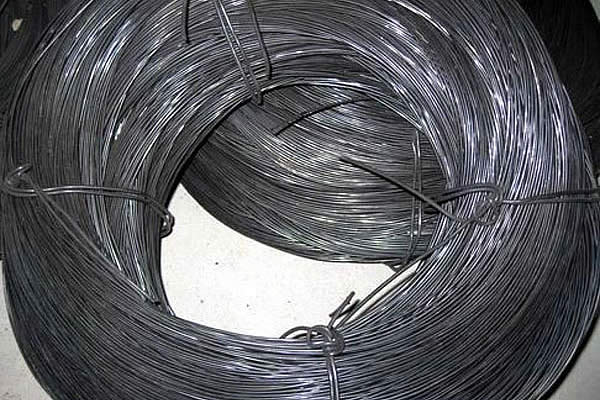 TEL:
+86-13102802206
TEL:
+86-13102802206
 Email:
fencenetting@china.com
Email:
fencenetting@china.com
 Language
Language
 TEL:
+86-13102802206
TEL:
+86-13102802206
 Email:
fencenetting@china.com
Email:
fencenetting@china.com
 Language
Language


Soldering with Nichrome Wire The Essentials
Soldering is an essential skill in electronics and various DIY projects, often requiring different types of materials to achieve optimal results. One such material that has gained popularity in certain applications is nichrome wire. Comprised mainly of nickel and chromium, nichrome is known for its excellent resistive properties, high melting point, and durability in high-temperature environments. In this article, we'll explore the uses of nichrome wire in soldering, its benefits, and some practical tips for successful applications.
What is Nichrome Wire?
Nichrome wire is an alloy typically made up of about 80% nickel and 20% chromium, although variations exist. It is primarily used for heating elements due to its ability to withstand high temperatures without melting or degrading. This property makes nichrome wire a preferred choice for projects that require soldering components that generate heat, such as in resistance wire heaters or certain electronic circuits.
Benefits of Using Nichrome Wire
1. High Resistance Nichrome wire has a higher resistance compared to copper or aluminum wires, which allows it to generate substantial heat when an electric current passes through it. This makes it ideal for applications such as toasters, hair dryers, or electric heaters.
2. Temperature Stability Nichrome can withstand temperatures of up to 1100 degrees Celsius (2012 degrees Fahrenheit) without losing its structural integrity. This is particularly valuable when soldering components that require precise and sustained heat.
3. Corrosion Resistance The chromium content in nichrome provides a layer of oxidation that protects the wire from corrosion, adding to its longevity. In environments where moisture or other corrosive elements are present, using nichrome can lead to more durable solder connections.

4. Flexibility and Formability Nichrome wire can be easily bent and shaped, allowing for versatility in its application. It can be used both in straightforward soldering tasks and more complex scenarios where intricate shapes or configurations are required.
Soldering with Nichrome Wire Practical Tips
1. Choose the Right Gauge The effectiveness of nichrome wire can depend on its gauge (thickness). Thicker wires may withstand higher currents but may not heat as quickly, while thinner wires heat up faster but may not handle heavy loads well. Selecting the appropriate gauge is crucial based on the project's requirements.
2. Use Proper Solder When soldering with nichrome, ensure to use solder that is designed for higher melting temperatures, as traditional lead-based solder may not be suitable for the heat generated by nichrome.
3. Maintain Cleanliness Before soldering, make sure the surfaces of the nichrome wire are clean and free of oxidation. This can be achieved using sandpaper or a wire brush, ensuring a better electronic connection.
4. Safety First As soldering involves high temperatures, always wear proper safety gear, including gloves and goggles, to protect yourself from burns or splashes.
In summary, nichrome wire is a valuable material in the realm of soldering due to its high resistance, durability, and stability at elevated temperatures. With the right techniques and safety precautions, soldering with nichrome wire can enhance the performance and longevity of various electronic components. Whether you're a hobbyist or a professional, understanding the benefits of nichrome can elevate your soldering skills to new heights.